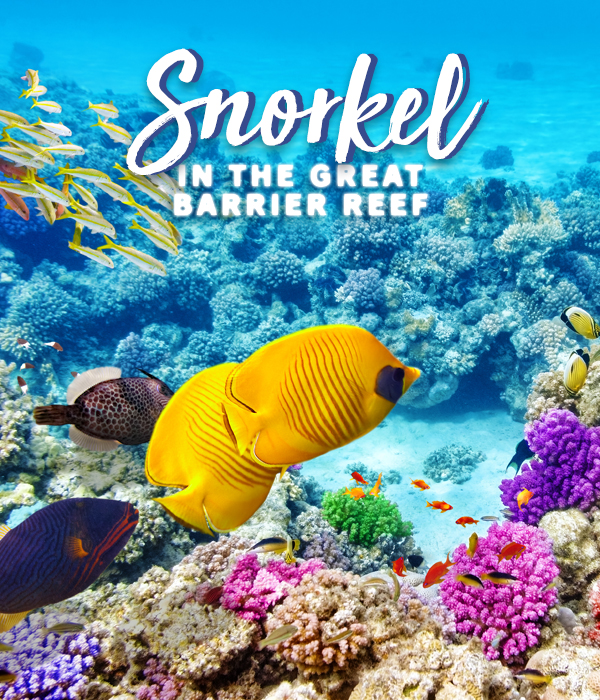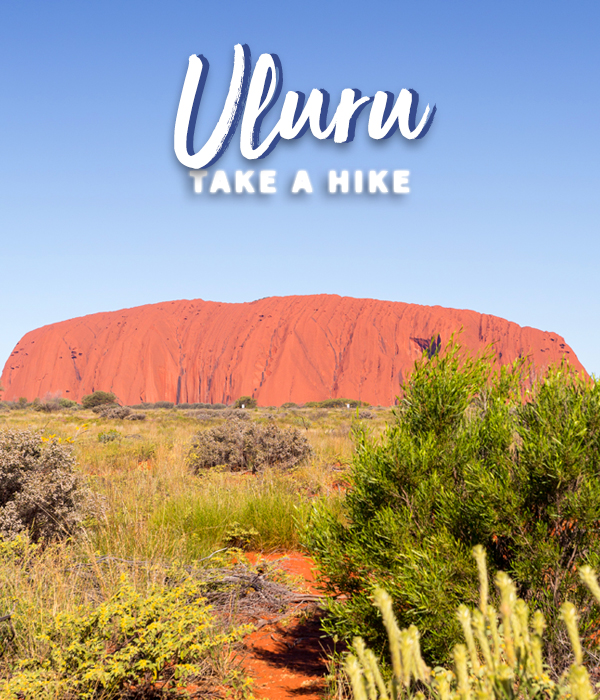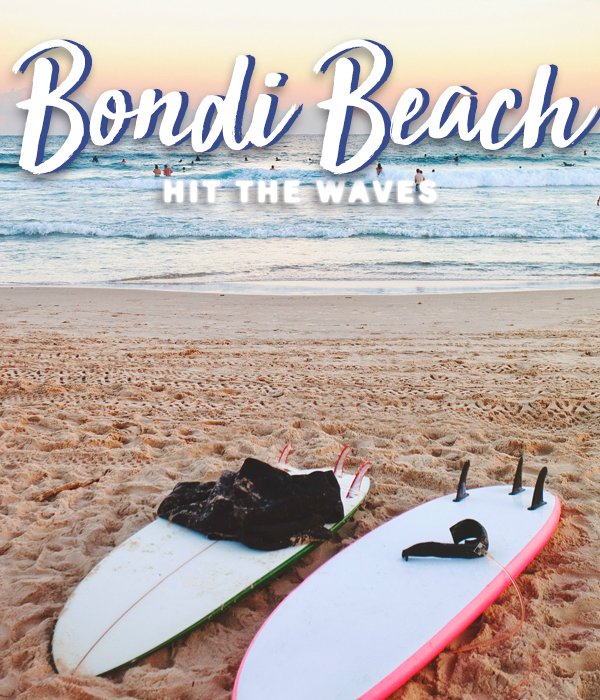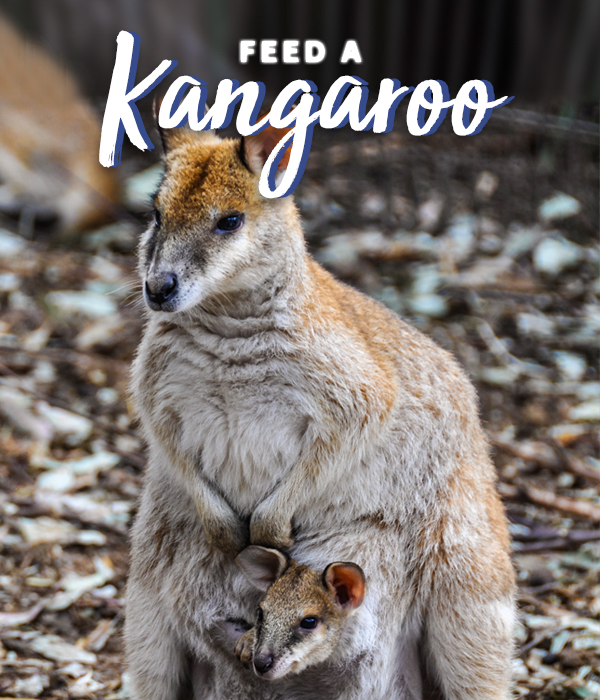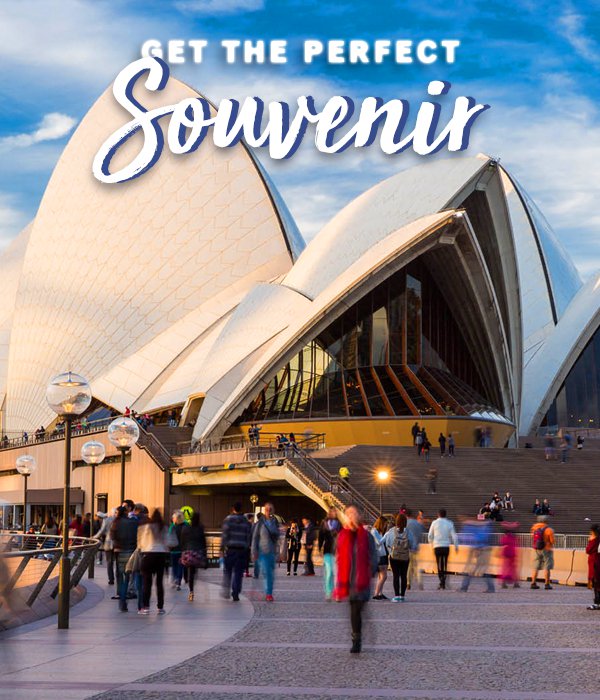Australia is a very popular country for travel bucket lists, and for good reason: It boasts 19 UNESCO World Heritage Sites, 16 of which are natural.
If you’re a nature buff, and you’re up for an adventure, it’s the perfect destination for you! There’s almost too much to see and do, so we’ve narrowed it down to five adventures that you absolutely can’t miss.
Here are five things you must experience on a trip to Australia:
This is a once-in-a-lifetime opportunity to see a gorgeous UNESCO World Heritage Site that’s on the brink of disappearing.
Starting from a beach or cay, take a coral reef viewing tour of the world’s largest living organism. There, you’ll spot breathtaking, colorful coral, six species of sea turtles, a sampling of 1,500 species of fish, and maybe even a dolphin.
And you should get there while you still can: Unfortunately, due to climate change, coral bleaching, and other factors, the reef has lost more than half of its corals and is severely threatened.
The good news is that unless you touch the coral (which, by the way, hurts), snorkeling doesn’t have a negative impact on it, and a donation to conservation efforts is included in your snorkeling fee.
Also called Ayers Rock, Uluru is a 1,100-foot high sandstone formation—though most of it is underground—with a circumference of nearly six miles.
Uluru is sacred* to the Aboriginal people of the area; it even plays a role in traditional creation stories. The first European explorers of the area were Ernest Giles and William Gosse, who named the formation after Sir Henry Ayers in 1872.
Today, the formation is known by both names, and hundreds of thousands of visitors flock there every year, in part due to the beautiful coloring, which changes throughout the day.
*Note that climbing the rock is prohibited due to its significance for locals, and you may also be asked not to take photos in some areas.
One of the most popular beaches in Australia, Bondi Beach is known for its beautiful waters (it even has a color named after it), its pristine beaches, and its use as a competition site for sports like surfing. It even served as the site for the beach volleyball competition at the 2000 Olympics.
It’s the perfect place to relax — and to learn the ancient Polynesian art of surfing. If you’ve never surfed before, just know that it’s harder than it looks, but lessons can be catered to any age or fitness level. Listen to your instructor, be patient, and have fun! (If surfing isn’t your thing, take the beautiful Bondi to Bonte walk instead.)
The Featherdale Wildlife Park opened in 1972 as a space for species native to Australia. This includes koalas, wallabies, red kangaroos, and endangered species such as tasmanian devils (whose population might only range in the tens of thousands, in part due to disease) and dingoes.
This is an excellent opportunity to get up close and personal with some of Australia’s animals. Visitors can buy food to feed to the animals, and they can pay a little extra to take a selfie with a koala and give it a pat on the back.
Take the perfect selfie at one of the world’s most iconic landmarks, the Sydney Opera House. The building that’s become synonymous with Australia’s capital city is a UNESCO World Heritage Site, and the country’s most popular tourist destination.
It’s also a sight to behold: the Opera House, actually two large concert halls and several smaller ones, is made up of a group of white shells that peak at 213 feet. Danish architect Jørn Utzon designed the expressionist buildings in 1956, submitting it for consideration in an international competition. The decision to use his design was unanimous, with the official groundbreaking happening in 1959, and the house finally opening in 1973.
Today, the Opera House holds over 2,000 events and hosts hundreds of thousands of visitors each year. It’s also become the biggest billboard in Australia—it’s lit up for special occasions, and at times to advertise brands.
One more thing: If you’re looking to take your students abroad, our brand new Australia tour has all five of these adventures. Take a look.


